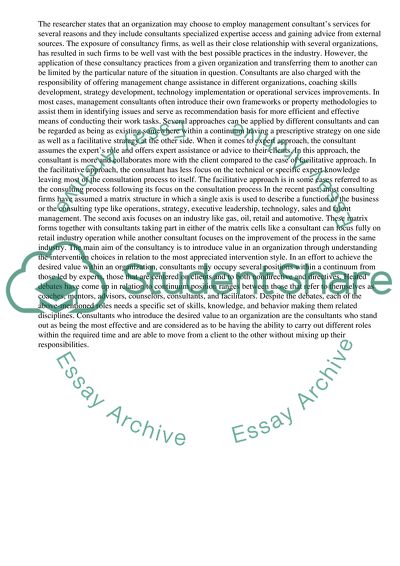Cite this document
(“How Investment in Management Consultancy Can Represent Value for an Essay”, n.d.)
How Investment in Management Consultancy Can Represent Value for an Essay. Retrieved from https://studentshare.org/management/1464273-discuss-how-investment-in-management-consultancy
How Investment in Management Consultancy Can Represent Value for an Essay. Retrieved from https://studentshare.org/management/1464273-discuss-how-investment-in-management-consultancy
(How Investment in Management Consultancy Can Represent Value for an Essay)
How Investment in Management Consultancy Can Represent Value for an Essay. https://studentshare.org/management/1464273-discuss-how-investment-in-management-consultancy.
How Investment in Management Consultancy Can Represent Value for an Essay. https://studentshare.org/management/1464273-discuss-how-investment-in-management-consultancy.
“How Investment in Management Consultancy Can Represent Value for an Essay”, n.d. https://studentshare.org/management/1464273-discuss-how-investment-in-management-consultancy.


